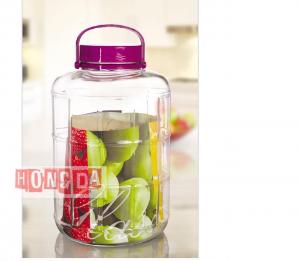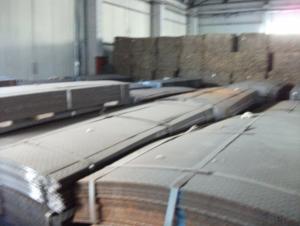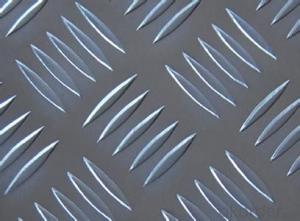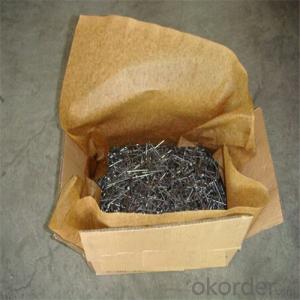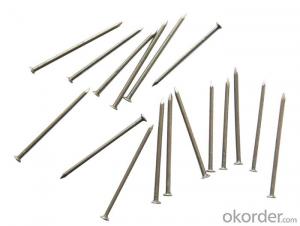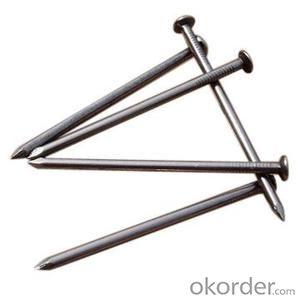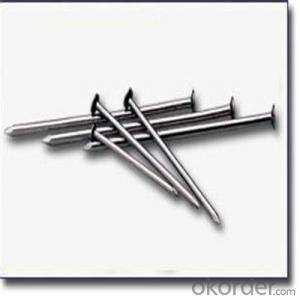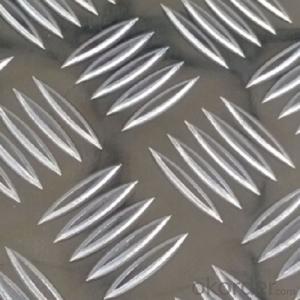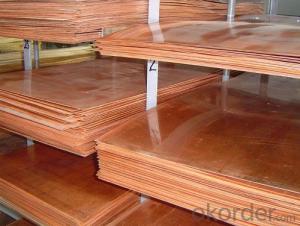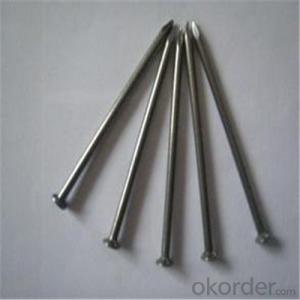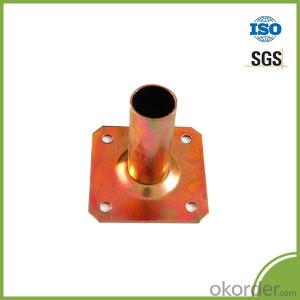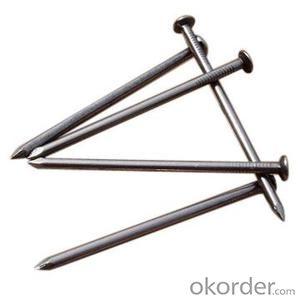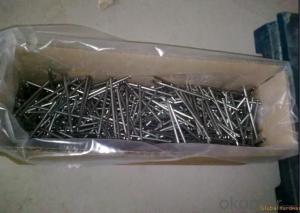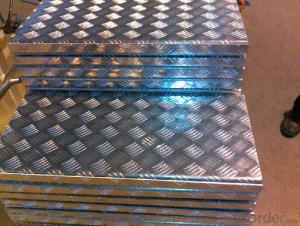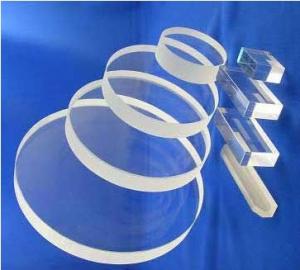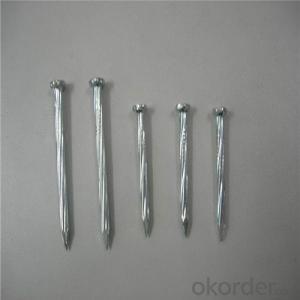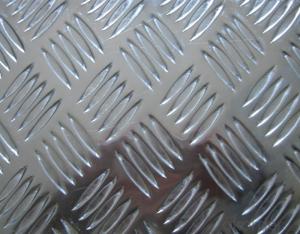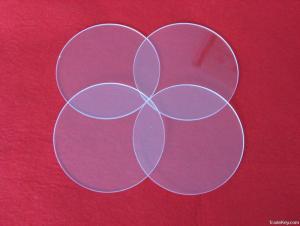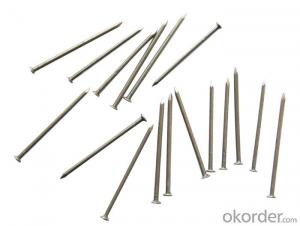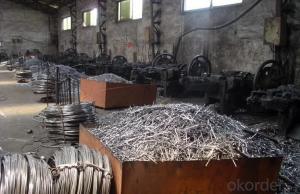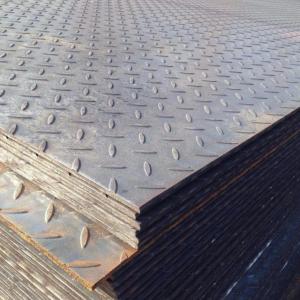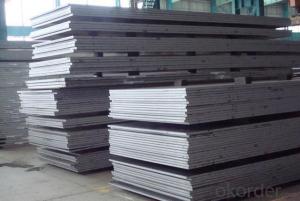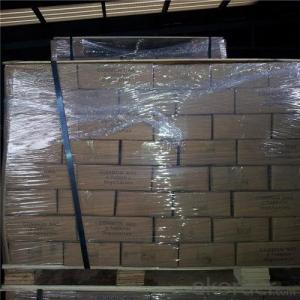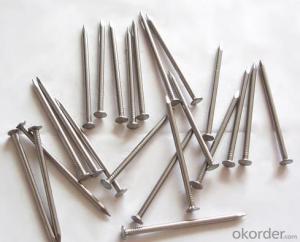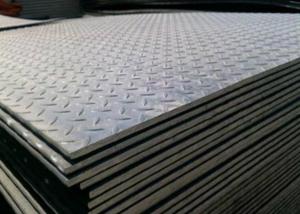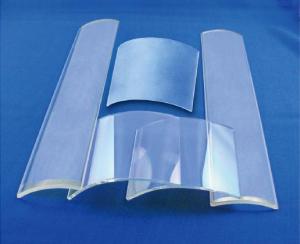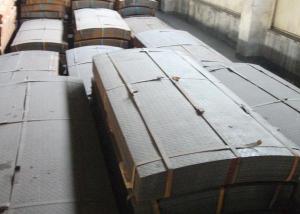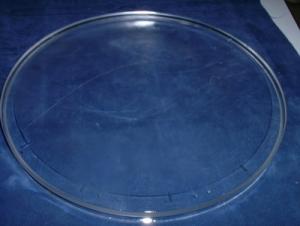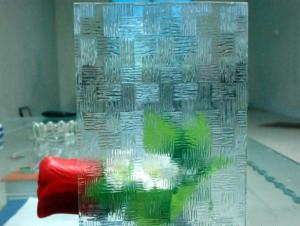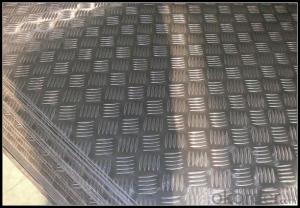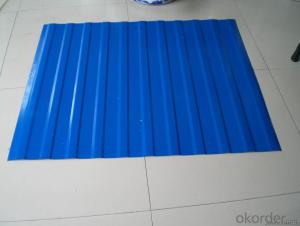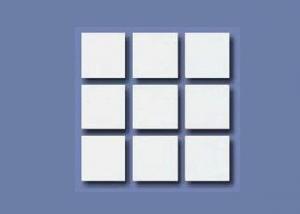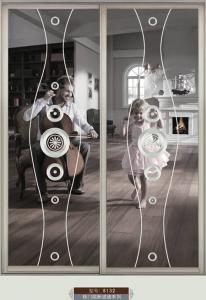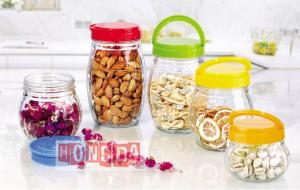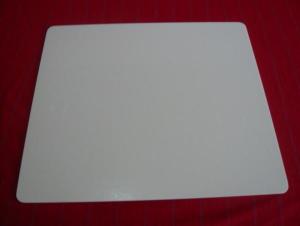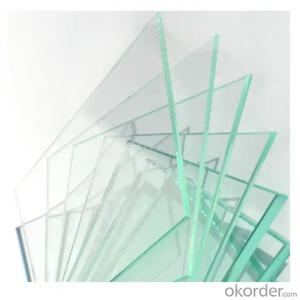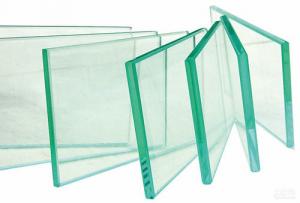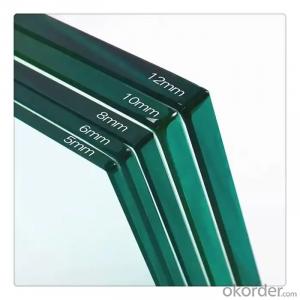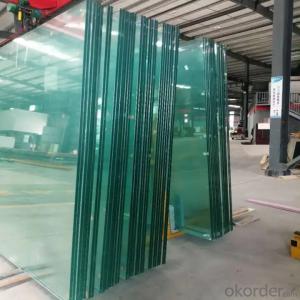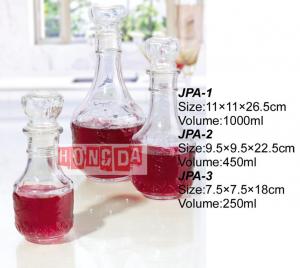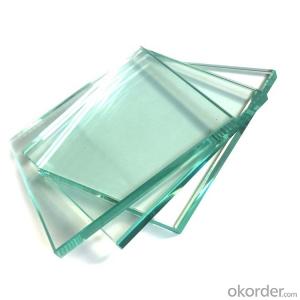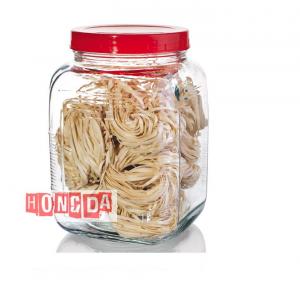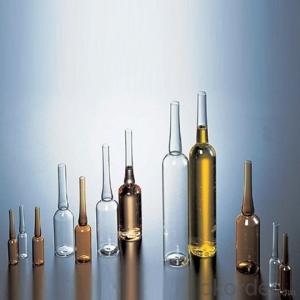Checkered Nail Stamping Plate
Checkered Nail Stamping Plate Related Searches
Diamond Checkered Plate Stainless Checkered Plate Checkered Plate Set Aluminum Checkered Plate Aluminium Checkered Plate Cheap Checkered Plate Polished Aluminum Checker Plate A786 Checkered Plate Checker Plate Aluminum 1/8 Aluminum Checker Plate Aluminum Checker Plate For Sale Aluminum Checker Plate Sheet Aluminum Checker Plate Near Me Polishing Aluminum Checker Plate Aluminium Checkered Plate Price Black Aluminum Checker Plate 1 4 Aluminum Checker Plate 1 8 Aluminum Checker Plate Checkered Plate Standard Sizes Polishing Checker Plate Aluminum Lamp Ceiling Plate Decorative Steel Plate Diamond Checker Plate Aluminum Astm A786 Checkered Plate Textured Aluminum Plate Polished Aluminum Tread Plate Checker Plate Aluminum Sheets Cast Iron Plate Aluminum Threaded Plate Engraved Aluminum PlateCheckered Nail Stamping Plate Supplier & Manufacturer from China
Checkered Nail Stamping Plate is a versatile product that has gained popularity in the nail art industry. It features a unique pattern that allows for a wide range of creative designs to be easily stamped onto nails, offering a stylish and chic look. This product is perfect for both professional nail technicians and nail art enthusiasts who are looking to add a touch of sophistication to their nail designs.The Checkered Nail Stamping Plate is ideal for various occasions, from everyday wear to special events. Its intricate design can be easily customized with different colors and finishes, making it a go-to option for those who want to create a distinct and eye-catching look. Whether you're looking to create a classic checkered pattern or mix it up with other designs, this stamping plate offers endless possibilities for nail art enthusiasts.
As a leading wholesale supplier, Okorder.com offers a vast inventory of Checkered Nail Stamping Plate products, ensuring that customers have access to high-quality and reliable options. By partnering with Okorder.com, customers can benefit from competitive prices and a wide selection of nail stamping plates to suit their needs. This makes Okorder.com the perfect destination for those looking to stock up on Checkered Nail Stamping Plate products for their nail art business or personal use.
Hot Products
